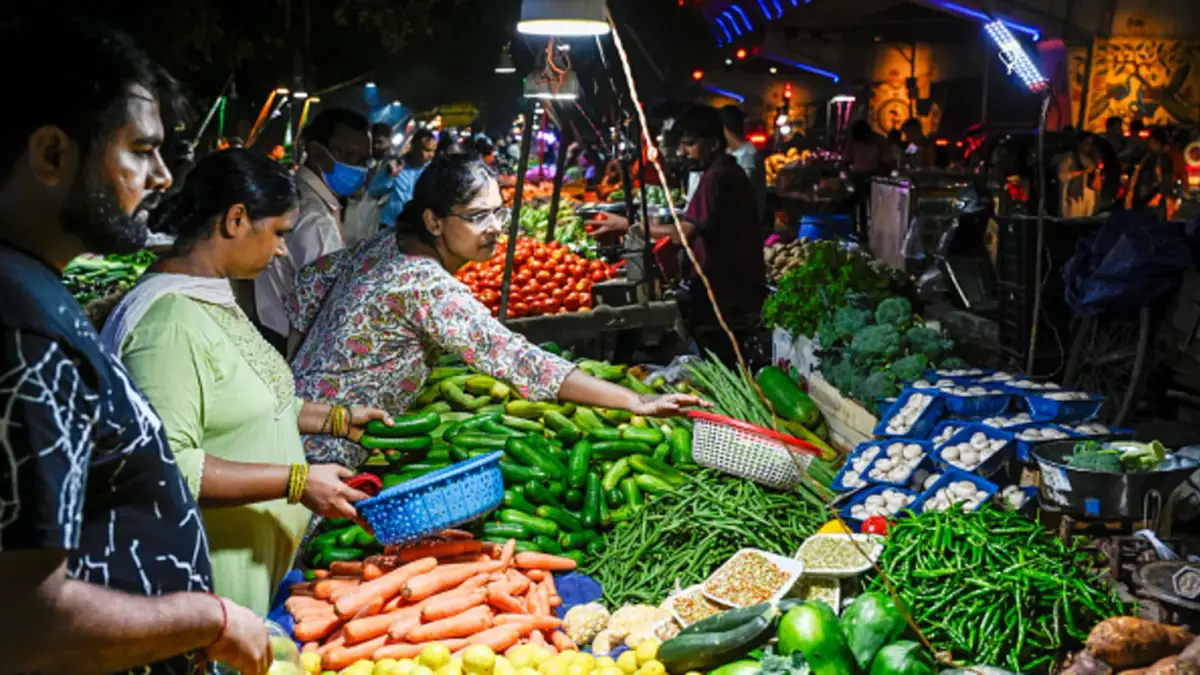India’s ambitions for strong economic growth in the current fiscal year were dealt a blow as GDP growth for the quarter ended September slowed to 5.4%, well below the anticipated 6.5%. This marked the slowest expansion in seven quarters and highlighted the challenges facing Asia’s third-largest economy.
Analysts expected a modest slowdown from the 6.7% growth in the June quarter due to inflationary pressures on households and businesses, but the extent of the deceleration caught many by surprise. According to Macquarie, a significant slowdown in urban consumption demand contributed to the weaker performance.
India’s burgeoning middle-income class has long been a driver of growth, but soaring vegetable prices, which rose 42.2% year-over-year in October, have strained household budgets. Retail inflation hit a 14-month high of 6.2% in October, further squeezing consumer spending.
Corporates have also felt the pressure, with many reporting subdued earnings momentum in the September quarter. In addition to weaker domestic demand, sluggish capital expenditure, slower export growth, and decelerating credit expansion have added to the challenges. Credit growth, a key driver of GDP, stood at 11% in the September quarter, down from 16% a year earlier.
Despite the weaker GDP numbers, investor sentiment remains relatively optimistic. The Nifty 50 index has risen modestly since the data release and is up 13.7% year-to-date, outperforming regional benchmarks.
Looking ahead, economists forecast a continued moderation in growth. Alicia Garcia Herrero of Natixis predicts India’s GDP growth could slow to between 6% and 6.4% in 2025. Krishna Bhimavarapu from State Street Global Advisors emphasized the need for policy action to address structural gaps and avert further downside risks.
As India aims to maintain its growth trajectory and pursue its goal of becoming the world’s third-largest economy by 2027, policymakers face the task of mitigating near-term risks without derailing long-term aspirations.





